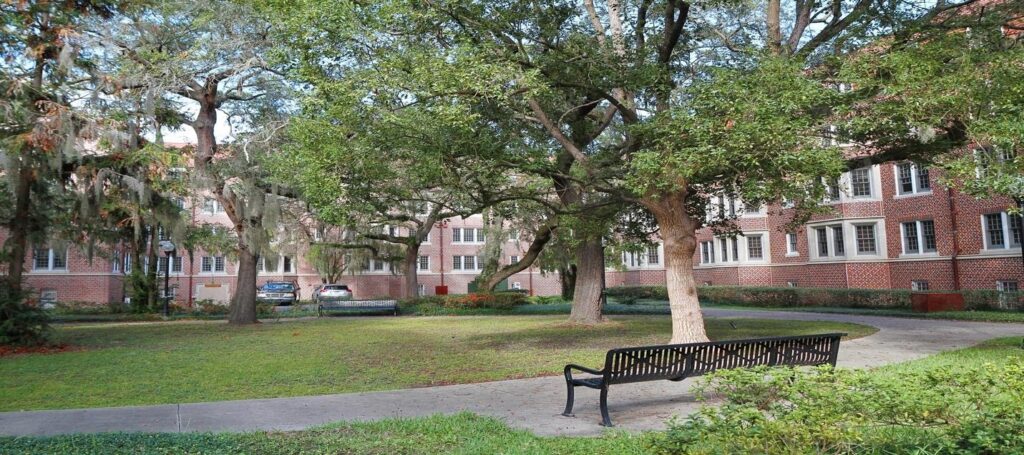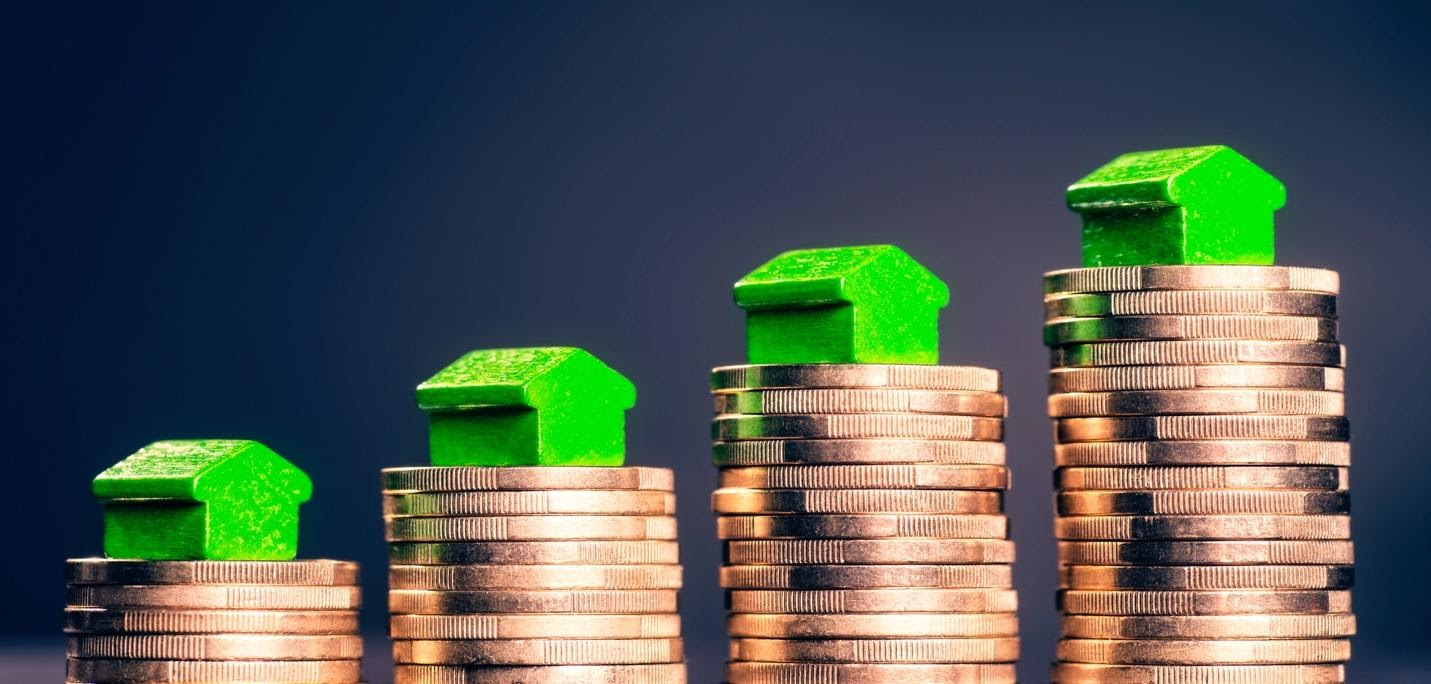For some time now, alternative assets have been increasing their share of the investment market, gaining nine percent of market share between 2017 and 2019, driven then, as now, partly by investors seeking better yields. Hedge funds have remained buoyant and look poised to play an integral part in the economic recovery. Additionally, many sectors of commercial real estate are seeing increased activity, despite an uncertain and often turbulent year for commercial real estate in general; issues resulting from the pandemic are playing a significant part in this increase.
Hedge Funds:
A new study, “The Global Hedge Fund Benchmark Survey: Beyond the Horizon, April, 2021,” conducted by the Alternative Investment Management Association, Simmons & Simmons, and Seward & Kissel, examined performance, investor confidence and future challenges for the hedge fund industry. It suggests that 2021 will see current trends continuing and accelerating as the industry becomes more digitalized and socially conscious. Compared with equity markets, in the first two quarters of 2020, hedge funds suffered roughly half the losses and met or exceeded their targets.
Business continuity was identified as one of the main challenges; portfolio managers prefer to deal with familiar personnel and maintaining key employees has been a problem during the pandemic. Nonetheless, more than 70 percent of managers expressed positivity and there is an expectation of net inflows throughout the rest of 2021.
“Despite $97 billion in net hedge fund redemptions last year, hedge fund investors are optimistic about the future. Eight out of 10 investors (84%) expect returns this year to match or exceed last year’s returns. About a quarter of them (26%) plan to increase their hedge fund allocation over the long term and another 54% plan to maintain their current allocation.” Kelli Click, Forbes: What’s Driving the Alternative Assets Market Today?
Commercial Real Estate:
While 2020 was an unpredictable year for many investors, and commercial real estate in the US generally declined in volume, certain sectors continued to buck the trend, seeing increased activity. While the pandemic is at least partly responsible for the acceleration in some real estate sectors, demand from investors and portfolio managers searching for better performance has also driven increased activity.
Certain sectors of commercial real estate such as self-storage, life sciences, manufactured housing, medical offices, and data centers accounted for more than $47.9 billion between them in 2020. Other areas showing increased demand include senior housing, single-family rental properties, and student housing.

Self-Storage:
As people continued to move during the pandemic, the need for temporary storage of household goods and personal belongings continued to create strong demand in this area. The sector has also been helped by the adoption of SMART technology that increases security.
Life Sciences:
It will come as no surprise that the pharmaceutical industry attracted massive investment during the pandemic as nations raced to produce safe and effective vaccines. Laboratories and manufacturing plants have rewarded investors handsomely; the industry as a whole is likely to see significant growth over the next few years. JLL.com predicts 16 percent growth for life sciences through 2025.
Manufactured Housing:
COVID-19 has heightened awareness of existing financial inequity, both in the US and elsewhere. Combined with widespread job losses and income loss or reduction in 2020, the need for affordable housing has become paramount. Transaction volume in this sector increased by almost one third during 2020; it now accounts for $4.2 billion in sales.
Medical Offices:
This sector of commercial real estate continues to generate significant investment capital. In recent years, medical office buildings have enjoyed high occupancy rates while the demands of an aging population mean that this sector continues to attract investors.
Data Centers:
Another result of the pandemic has been an increased demand for digital technology, with remote working set to continue for quite a while. Additionally, there has been a huge increase in online shopping, alongside an ongoing increase in the use of cloud computing.
Seniors Housing:
While initially impacted by the pandemic, the seniors housing market is poised for a rapid recovery, especially as vaccination proceeds apace, restoring confidence after a terrifying year.
Affordable housing adapted to the needs of relatively active seniors is an obvious need, and one that will continue indefinitely given a rapidly aging population.
Single-Family Rental Property:
The move away from larger urban areas, increased tele-commuting, and insecurity of income for many medium-paid workers all points to increased demand for affordable single-family rental units. Limited inventory, combined with high demand, means rising rents, provoking greater interest from institutional and private investors.

Student Housing:
As enrollment in tertiary education continues to increase, so does the demand for student accommodation, leading to high levels of investor confidence.
Alternative assets, such as commercial real estate and hedge funds, continue to be actively sought after by investors seeking greater yields, and according to data from Preqin, alternatives with assets under management currently exceed $10 trillion. All sectors of commercial real estate mentioned above are experiencing growth that seems set to continue or increase for the foreseeable future, particularly as the global economic recovery gets underway.

